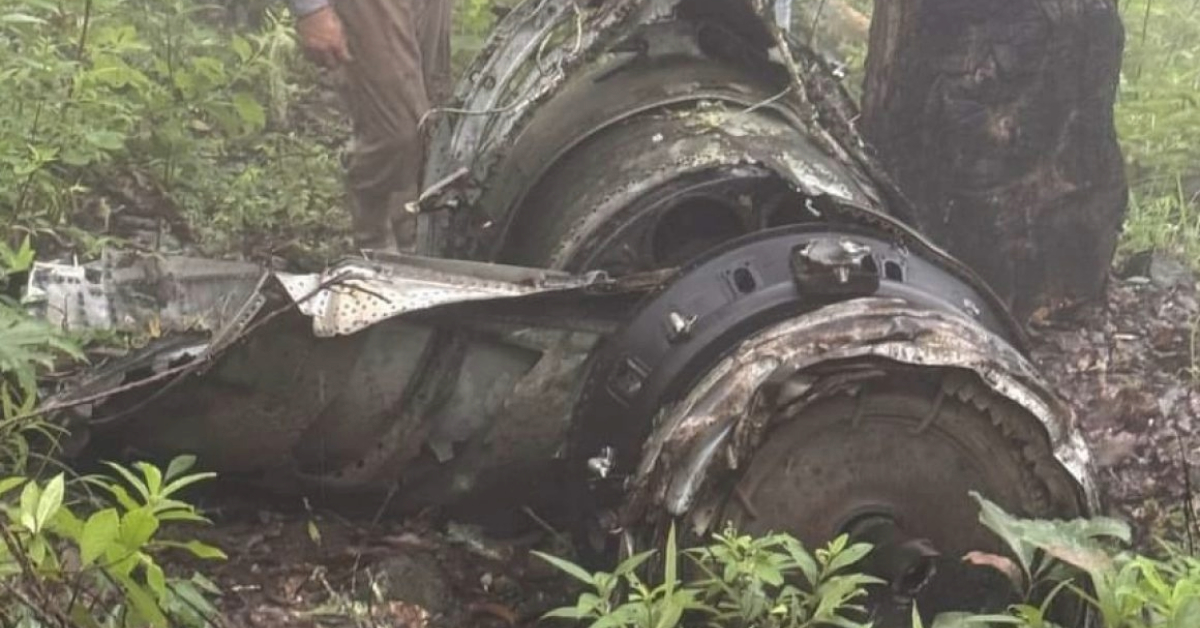Puerto Vallarta, Mexico – More than half a century after the tragic crash of Aeroméxico Flight 229, botanical biologists have discovered the long-lost remains of the aircraft in the rugged mountains of Jalisco. The discovery was made during a botanical expedition conducted by biologists from the Vallarta Botanical Garden on September 20, uncovering parts of the McDonnell Douglas DC-9 aircraft that crashed on June 20, 1973. This accident claimed the lives of 22 passengers and five crew members, marking one of the deadliest aviation incidents in Mexico’s Central Pacific region.






